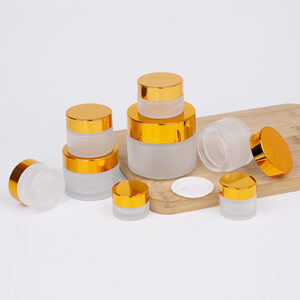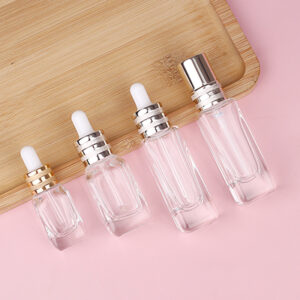How to Check the Closure of Cosmetic Glass Bottles?
Checking the closure of cosmetic glass bottles is important to ensure that the bottles are properly sealed and prevent any leaks or contamination. Here’s how you can check the closure:
1. Visual inspection: Start by visually examining the closure components, such as the cap, dropper, or pump. Look for any visible damage, cracks, or misalignment. Make sure the closure is clean and free from any debris or residue.
2. Tightness test: Ensure that the closure is tightened securely. Gently twist or press down on the closure to check if it feels secure and firmly in place. If it feels loose or wobbles, it may indicate a faulty closure that could potentially lead to leakage.
3. Leak test: To perform a leak test, fill the bottle with water (or a non-staining liquid) and tightly close the bottle with the closure. Turn the bottle upside down and leave it in this position for a few minutes. Check for any signs of leaks or moisture around the closure area. If you notice any leaks, it’s an indication of a faulty closure that needs replacement.

4. Functionality test: Test the functionality of the closure, such as the dropper or pump. Ensure that it dispenses the product smoothly without any blockages or irregularities. Check if the closure mechanism operates correctly, allowing for easy opening and closing.
5. Compatibility test: It’s important to ensure that the closure is compatible with the specific cosmetic product you intend to use. Some formulations may require specialized closures to prevent ingredient degradation or excessive exposure to air. Check if the closure material and design are suitable for the specific cosmetic product you are using.

Remember to perform these tests on a representative sample of bottles from your cosmetic glass packaging batch. It’s crucial to maintain consistent quality control to ensure that the closures effectively seal the bottles and protect the contents. If you encounter any issues or doubts, consider contacting the manufacturer or supplier for guidance or replacement closures.
